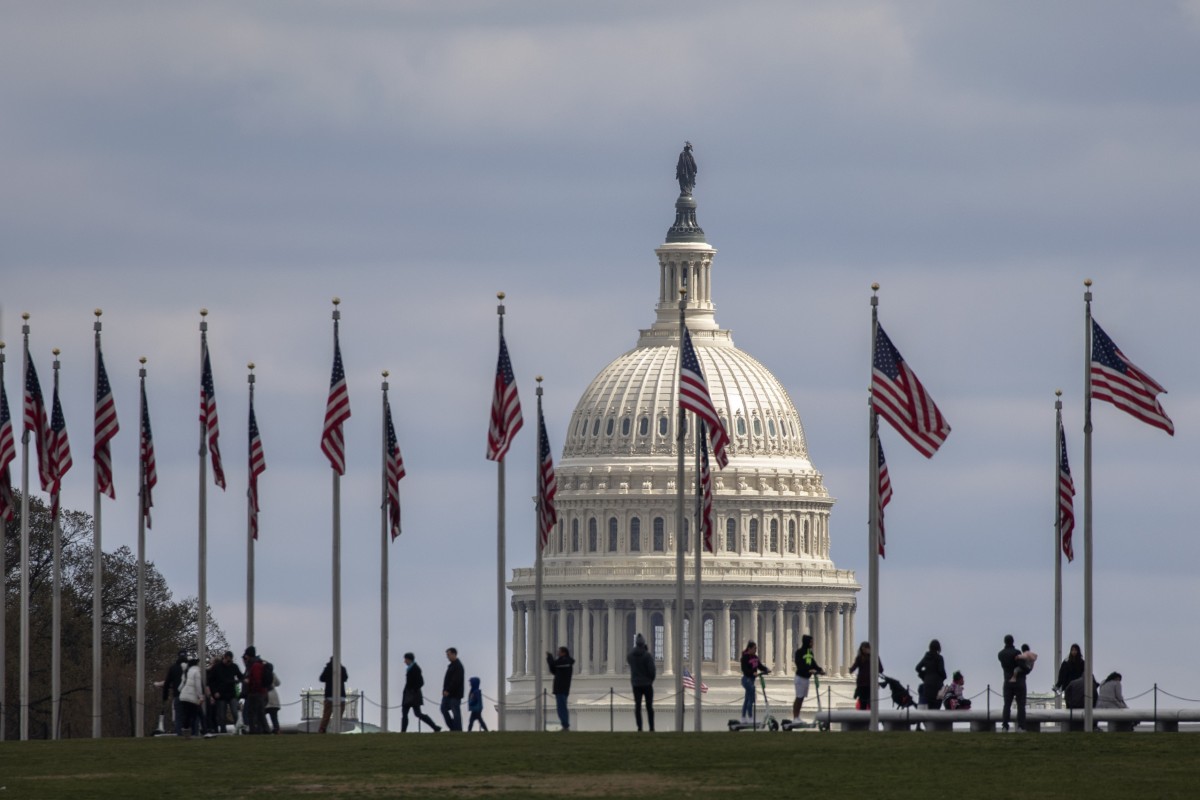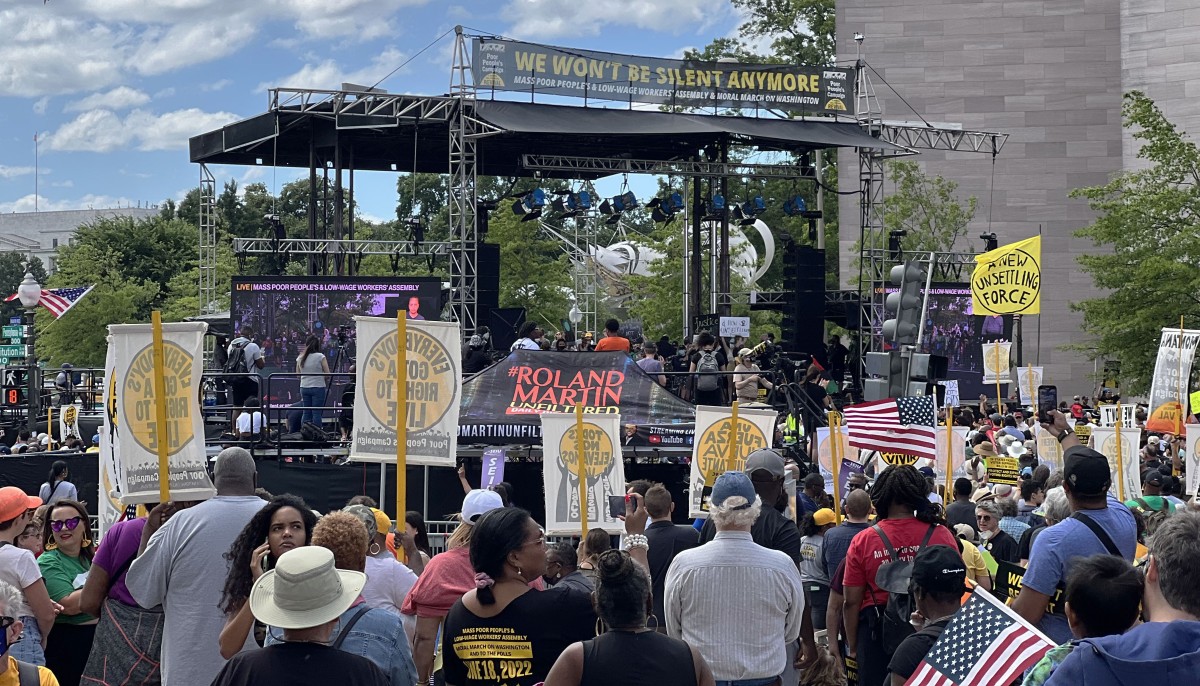Recovery from addiction is possible. For help, please call the free and confidential treatment referral hotline (1-800-662-HELP) or visit findtreatment.gov.
Last year more than 100,000 people in the U.S. died from an overdose – the highest number ever recorded. More than a million Americans have lost their lives to overdose since the turn of the century and the numbers have risen precipitously throughout the pandemic, with the Appalachian region experiencing a disproportionately high rate.
But Niles Comer, director of the Roanoke Valley Collective Response, a community-wide initiative addressing the addiction crisis, asks that we consider some alternative, encouraging news: Some 25 million Americans are in recovery – 25 million people have been in stable remission from substance use disorder for a year or more.
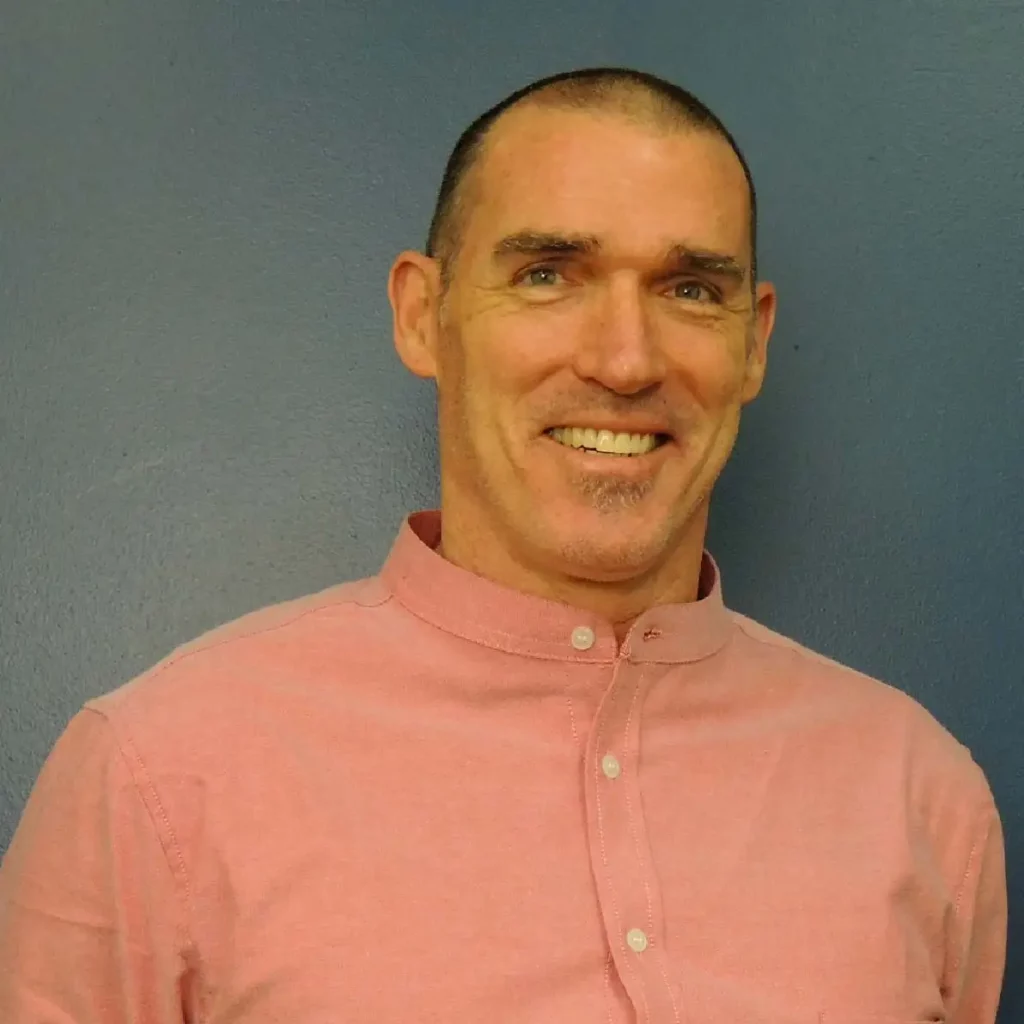
Comer is among them. His initial steps along that path were similar to what most people in active addiction experience: stop, relapse, repeat. He eventually found long-term recovery in the rooms of 12-step programs.
“I’m an incredible optimist, and I think that we can do it – we will come out on the other side of this,” says Stephen Loyd, a Tennessee-based addiction treatment specialist who overcame a 100-pill-a-day opioid use disorder. But it will require continuing to explore “paths to recovery that are specific to the patient,” recognizing there are many. Each must determine their own.
But those first steps can be elusive. Where to begin? Where do you turn to find the treatment that’s right for you? Even the experts say the search can be bewildering.
In 2019, the federal government’s Substance Abuse and Mental Health Services Administration, or SAMHSA, launched FindTreatment.gov, intended as a definitive go-to site for those seeking treatment for substance use disorder. It provides a database of more than 13,000 state-licensed treatment facilities, the services they offer and payment methods accepted.
Every day, 55,265 people visit FindTreatment.gov. Unquestionably, the tool has saved lives.
Bradley Stein, director of the RAND Corporation’s Opioid Policy Center, says having the federal government providing such a resource “is absolutely a step in the right direction.”
Jonathan JK Stoltman is founder and director of the Opioid Policy Institute. He, too, applauds SAMHSA for launching the website.
“It’s just easier to promote one central resource than it is to promote 50 state resources,” Stoltman says. “And I think the federal government has both the resources to make it a great experience” and the resources to identify providers.
“The federal government’s best situated to know all that,” Stoltman says. And “it really seems like they put a lot of time into making it a nice experience.”
But he and others point out that there are shortcomings to the site. Treatment experts contend that improvements and refinements can help save more lives.
Social Friendly
Comer acknowledges that the FindTreatment.gov database is vast, but he questions the effectiveness of the site’s presentation. He’d like to see something that more resembles the social media sites so many of his clients are attuned to.
When you open FindTreatment.gov, it asks you to enter your zip code. It then displays treatment options. You can narrow those options to a certain number of miles, the type of treatment you believe is best suited for your needs and those that accept your intended form of payment. Click on an option and it provides details on that facility and a link to its website.
Comer instead envisions an app “that’s a little more like TikTok or Facebook,” something easily scrollable that gets folks to resources fast. “If I have to scroll down my phone more than a few inches, forget it. I’m not getting to the answer.”
An issue with the site for many is that its administrators clearly struggle to keep the information up to date. Users report that, not uncommonly, treatment facilities listed have closed or moved or aren’t accepting new patients.
Another issue, treatment professionals say, is that information isn’t provided on the effectiveness of each treatment option.
For those well versed in the options, Stein says, perhaps there’s enough to act on. “But where you hear me pausing there is, I know what’s effective because that’s what I spend my life doing.” Most people have little idea what evidence-based treatment looks like.
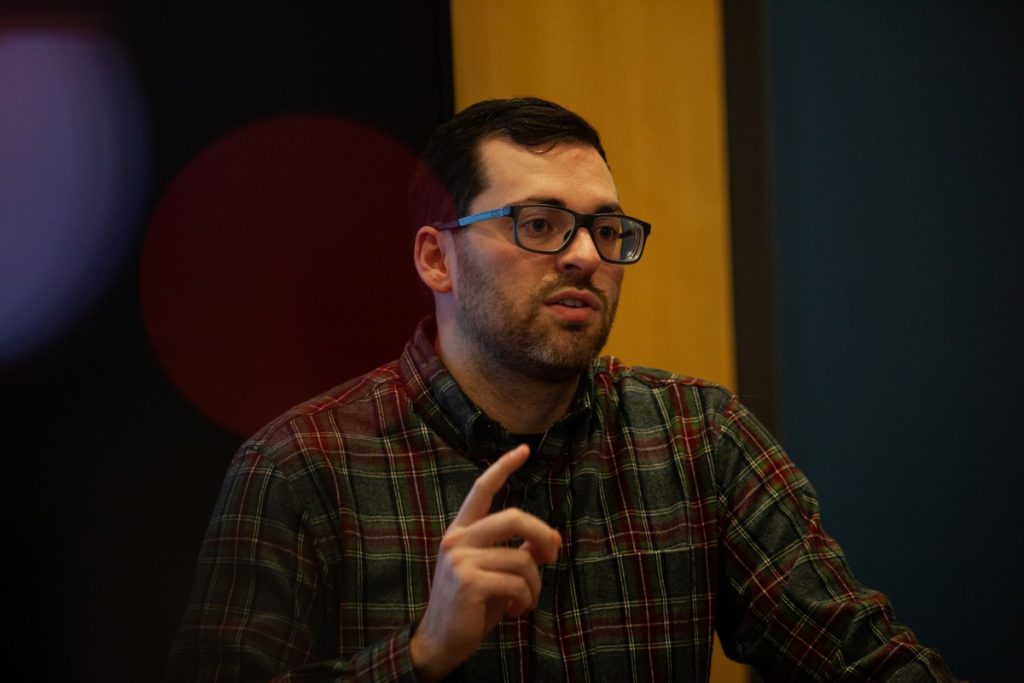
“SAMHSA supports and funds evidence-based, quality treatments,” Stoltman says. “So SAMHSA is well equipped to tackle that issue. It’s confusing to me why FindTreatment.gov doesn’t include those sorts of indicators for patients who are trying to navigate that system.”
Stoltman would also like to see more filtering options to help meet specific needs – those of pregnant women, for example. And he questions why the site doesn’t offer information on harm reduction services, for which SAMHSA now provides grant funding.
But a bigger issue for many is that FindTreatment.gov doesn’t provide assessments of the quality of the facilities listed on the site.
There is a website, ATLAS, operated by the nonprofit Shatterproof, that compares treatment facilities for quality. It provides information on facilities in six states, with plans to expand nationally. Stoltman’s issue with ATLAS is that much of the information is provided by the facilities themselves.
Perhaps an even bigger issue with FindTreatment.gov is that so few people seem to know it exists.
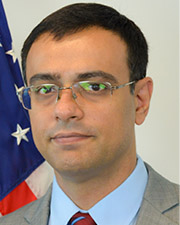
“Not only do I not know anybody who’s used it,” Comer said, “I didn’t know about it, and I’ve been in recovery for almost a decade – and I used to work for SAMHSA. I was a consultant for them.”
Neeraj Gandotra, SAMHSA’s chief medical officer, believes that to a large extent that’s due to the stigma that persists around substance use disorders and behavioral health issues in general.
“Behavioral health needs to be normalized,” he says. “We need to have our primary care colleagues to promote screening, brief interventions and referral to treatment to normalize that mental health and substance use disorder treatment are part of the continuum of a holistic approach towards health care.”
“We’re actually quite happy with the functionality of the website,” Gandotra says, “but amplification is certainly another piece we’d like to see.”
Reflecting a Region
Comer believes that an investment in regionalizing FindTreatment.gov could help generate more visitors – a bottom-up approach, contextualizing it locally, with a local look and feel, greater immediacy to the realities of a region, and, ideally, getting people more quickly to a “warm handoff.” That means that a person coming out of jail, in the emergency room or elsewhere who’s in need of and ready to receive treatment is met at that critical moment by someone who knows the ropes and can help transition them to the next step – medication-assisted treatment, housing, whatever is most urgently needed.
Comer proposes leveraging the resources of universities in such an initiative – schools of public health and IT departments – and directly engaging those in a region who know best, those who are in everyday contact with people in active addiction.
This would require investment. But a study conducted by the Appalachian Regional Commission, titled “Communication about Opioids in Appalachia: Challenges, Opportunities and Best Practices,” acknowledged that “community members are best positioned to understand and address their own local challenges.”
Social media could then be used to amplify this regionalized website.
“I use social media as a way for people to see what recovery looks like,” says Ashlee Crouse, a recovery navigator who serves 16 east Tennessee counties for Knoxville’s Metro Drug Coalition. She shares testimonials and information about access to local resources.
Kanitha Cox, an emergency room-based peer support specialist, says that people are increasingly turning to social media to learn what resources are available, and that these online interactions are helping lift the stigma around addiction.
“For a lot of us in recovery,” she says, “it’s like it’s kinda cool to be in recovery. It’s like the new thing going on.”
Treatment experts agree that the role of the federal government in facilitating access to treatment services is critical, but that every resource must be availed, every avenue explored.
“The solution to addiction,” Niles Comer says, “is connection.”
Taylor Sisk is 100 Days in Appalachia’s health correspondent. Support his work and our continued coverage of health care and access in the region by donating here.
Editor’s Note: 100 Days in Appalachia and the Opioid Policy Institute have cofounded the reporting partnership Reporting on Addiction to reduce stigma in the media. For more information, visit reportingonaddiction.org.


